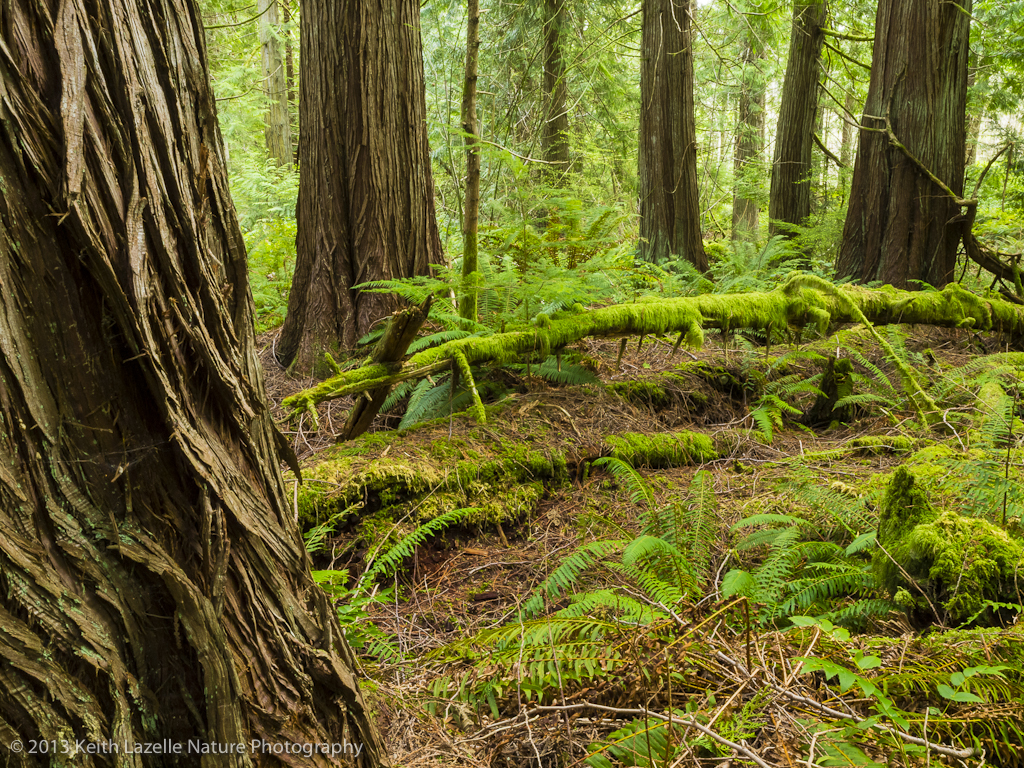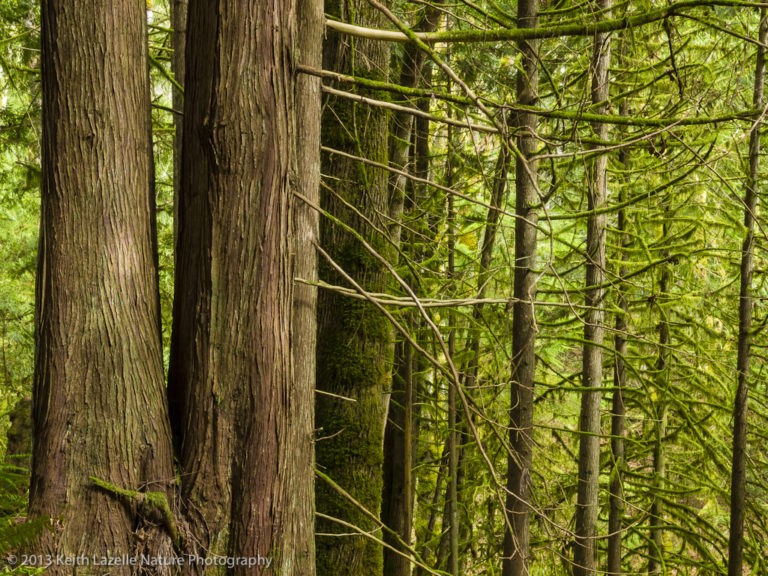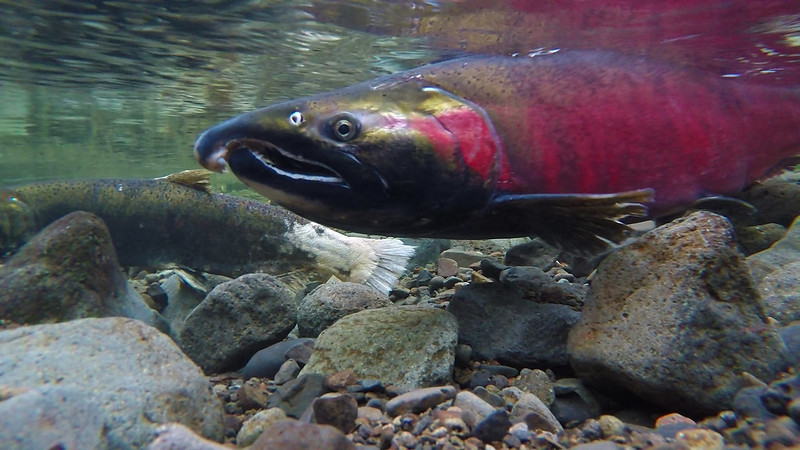Restoring watershed ecosystems at Tarboo Forest

Restoring Tarboo Creek and protecting its headwaters has been a decades-long community-wide conservation effort to ensure that both forest and stream flourish for fish and wildlife.
Northwest Watershed Institute (NWI), a Port Townsend-based non-profit, leads the work to allow the regrowth of old-growth forests in the uplands of Tarboo Creek and re-establish forested wetlands in the floodplain. Over the years, NWI has quilted together Tarboo Wildlife Preserve, 500 acres in the Tarboo valley near Quilcene, Washington. The Tarboo preserve is part of a 4,600-acre patchwork of protected lands that include both public and private ownerships along Tarboo Creek around Dabob Bay along the north end of Hood Canal.
The Tarboo preserve is owned and stewarded by NWI and includes 100-acre Tarboo Forest. With parcels acquired in 2011, 2014, and 2019, the Tarboo Forest is Forest Stewardship Council® certified through NNRG’s FSC® group certificate. It consists of a maturing 50-year old Douglas-fir forest interspersed with western red cedar, western hemlock, grand fir, bigleaf maple, and red alder.

The prior owner of 80-acres of the Tarboo Forest was a timber company in Denmark that planned to clear-cut the parcels and sell for possible development. NWI persuaded the company to hold off while NWI raised the funding to purchase it through private donations and grants from Jefferson County’s Conservation Futures program. In 2019, an adjacent 20-acre parcel was listed for sale and similarly purchased by NWI. The grants helped NWI establish a conservation easement with Jefferson Land Trust. The conservation easement permanently protects the forest ecosystem and stores a base level of carbon while allowing some timber harvest.
NWI is working to restore old-growth characteristics to Tarboo Forest and the preserve. Recent work has focused on removing invasive species and encouraging the development of native trees and understory plants. In 2020, NWI conducted an ecologically-based thinning on a portion of the property that is densely stocked to promote the development of complex forest structures characteristic of old-growth forests (large trees, snags, and nurse logs).
Critter cams in the forest have detected deer, coyote, bobcat, and raccoons. Bear and cougar are also known to travel through the forest. Streams in the Tarboo preserve support juvenile coho, fall chum, and coastal cutthroat trout as well as brook lamprey, crawfish, and freshwater mussels. Over time, the forest and greater conservation area is expected to have increasing value as habitat for state and federally listed rare species that depend on forests with old-growth characteristics.

Tarboo Creek has been in the spotlight with the publication of Scott Freeman’s Saving Tarboo Creek: One Family’s Quest to Heal the Land. Freeman writes of his family’s efforts to engage with their land in Tarboo valley and restore it in partnership with NWI and Jefferson Land Trust. An inspiring book and one that tells a story many forest owners can relate to of connection, wonder, and stewardship of place.
Tarboo Forest is available for public access with prior permission of NWI. NWI holds occasional tours and work parties. To learn more about the forest stewardship and conservation efforts go to: www.nwwatershed.org

Leave a Reply